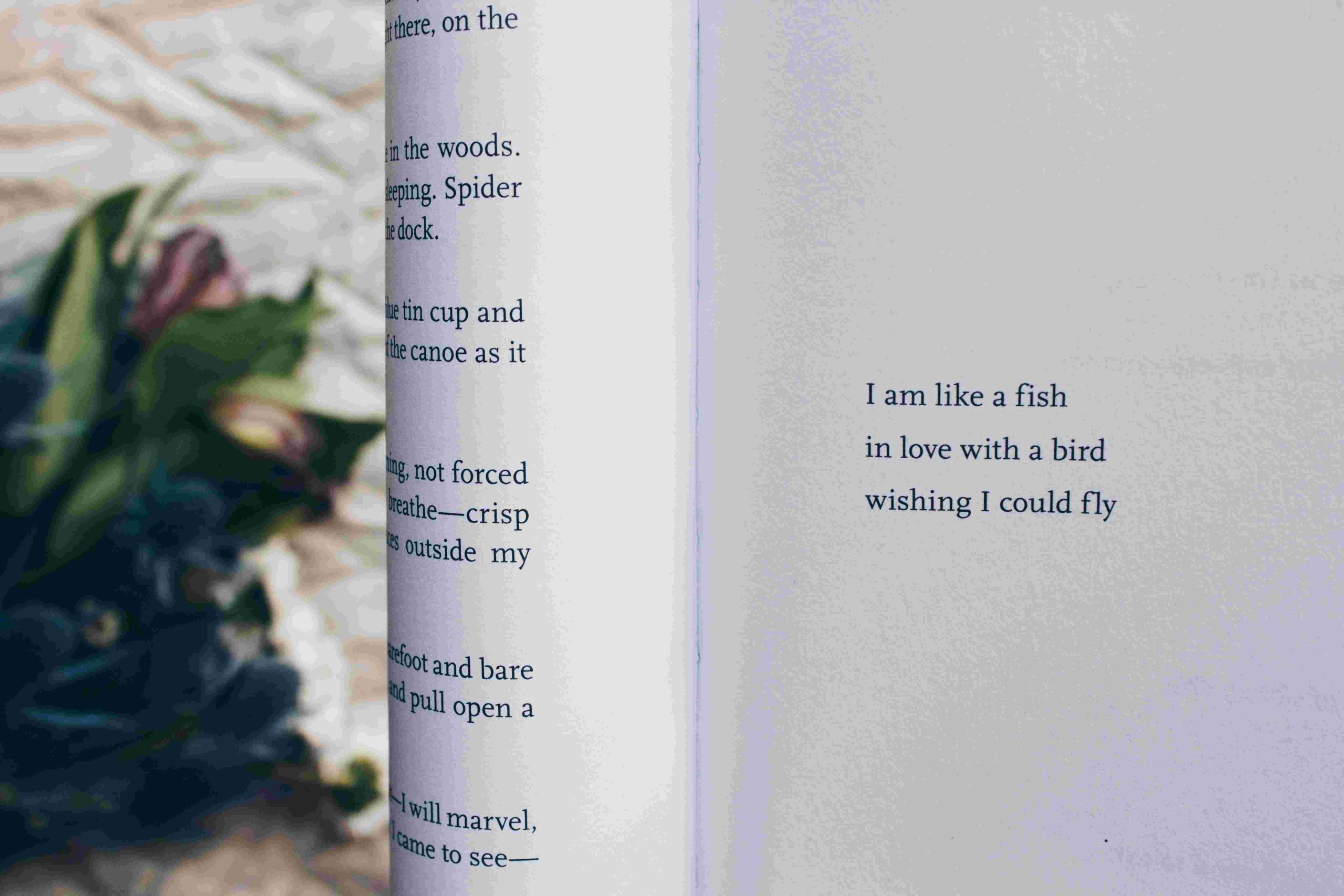
Acrostic Poetry for Preschoolers: A Creative and Fun Way to Learn Language
Acrostic poetry is a creative and engaging way for preschoolers to learn language, improve their vocabulary, and enhance their writing skills. This form of poetry involves writing a word vertically and then creating a sentence for each letter of the word, with each sentence starting with the corresponding letter. For example, if the word is “cat,” the sentence for “c” could be “Cats are cute and cuddly,” the sentence for “a” could be “A cat likes to play with a ball of yarn,” and so on. This article will explore the benefits of acrostic poetry for preschoolers and provide tips on how to create acrostic poems with your little ones.
The Benefits of Acrostic Poetry for Preschoolers
Acrostic poetry offers several benefits for preschoolers, including:
- Improving Vocabulary: By creating acrostic poems, preschoolers can learn new words and phrases that they may not have come across otherwise. As they think of words that start with each letter, they are also expanding their vocabulary.
- Developing Writing Skills: Acrostic poetry encourages preschoolers to think about sentence structure, grammar, and spelling. As they create each sentence, they are practicing their writing skills in a fun and engaging way.
- Boosting Creativity: Acrostic poetry allows preschoolers to express their creativity and imagination. They can choose any word they want and create their own sentences for each letter, which can lead to some surprising and delightful poems.
- Enhancing Learning: Acrostic poetry can be used to teach preschoolers about different topics, such as animals, nature, or even their own names. This form of poetry makes learning more fun and enjoyable for preschoolers, which can help them to retain information better.
How to Create Acrostic Poems with Preschoolers
Creating acrostic poems with preschoolers is easy and fun. Here are some tips on how to get started:
- Choose a Word: Start by choosing a word for your acrostic poem. You can choose any word that your preschooler is interested in, such as their favorite animal, color, or food.
- Brainstorm Words: Once you have a word, encourage your preschooler to brainstorm words that start with each letter of the word. This will help them to expand their vocabulary and come up with creative ideas for their poem.
- Create Sentences: Once you have a list of words, help your preschooler to create sentences for each letter of the word. You can guide them with suggestions or let them come up with their own sentences.
- Write the Poem: Finally, help your preschooler to write the poem, either by writing it down for them or letting them write it themselves. You can also encourage them to decorate the poem with drawings or stickers to make it even more special.
Examples of Acrostic Poems for Preschoolers
Here are some examples of acrostic poems for preschoolers to inspire you:
Rainbow
R-Red, orange, yellow, green, blue, indigo, violet
A-All the colors of the rainbow are so bright
I-In the sky after a storm or in a pot of gold
N-Nature’s own colorful sight
B-Beautiful colors that never get old
O-Oh, how wonderful a rainbow can be!
W-When we look up and we see
Tips for Teaching Preschoolers Acrostic Poetry
Teaching acrostic poetry to preschoolers can be a fun and engaging activity, but it can also be challenging. Here are some tips for teachers and parents to make the process easier and more enjoyable for preschoolers:
- Choose Simple and Familiar Words: Start with simple and familiar words to introduce acrostic poetry to preschoolers. Use words that are easy to spell and that preschoolers are familiar with, such as their names or the names of their favorite animals or toys.
- Provide Examples: Before asking preschoolers to create their own acrostic poems, provide them with examples to help them understand the structure and format of acrostic poetry.
- Brainstorm Words Together: Involve preschoolers in the creative process by brainstorming words together as a group.
- Use Colorful and Visual Aids: Use pictures, illustrations, and other visual aids to help preschoolers understand the concept of acrostic poetry.
- Make it Fun and Engaging: Use games, songs, and other fun activities to keep preschoolers engaged and motivated.
Benefits of Teaching Preschoolers Acrostic Poetry
Teaching acrostic poetry to preschoolers can have numerous benefits for their language development and overall academic growth. Here are some of the benefits:
- Enhances Vocabulary and Spelling Skills: Acrostic poetry can help preschoolers enhance their vocabulary and spelling skills.
- Develops Creativity and Imagination: Acrostic poetry encourages preschoolers to be creative and imaginative in their writing.
- Improves Writing Skills: Acrostic poetry can help preschoolers improve their writing skills, including grammar, punctuation, and sentence structure.
- Encourages Self-Expression: Acrostic poetry can be used as a tool for preschoolers to express their thoughts, feelings, and emotions in a creative way.
- Boosts Confidence: Teaching acrostic poetry can help boost preschoolers’ confidence and self-esteem.
Fun Acrostic Poetry Activities for Preschoolers
Acrostic poetry can be a fun and engaging activity for preschoolers. Here are some fun activities to try:
- Name Acrostic Poem: Have preschoolers create an acrostic poem using their name.
- Nature Acrostic Poem: Take preschoolers on a nature walk and have them create an acrostic poem using items they collect.
- Animal Acrostic Poem:


